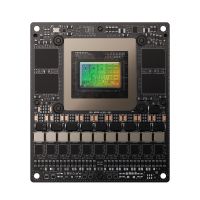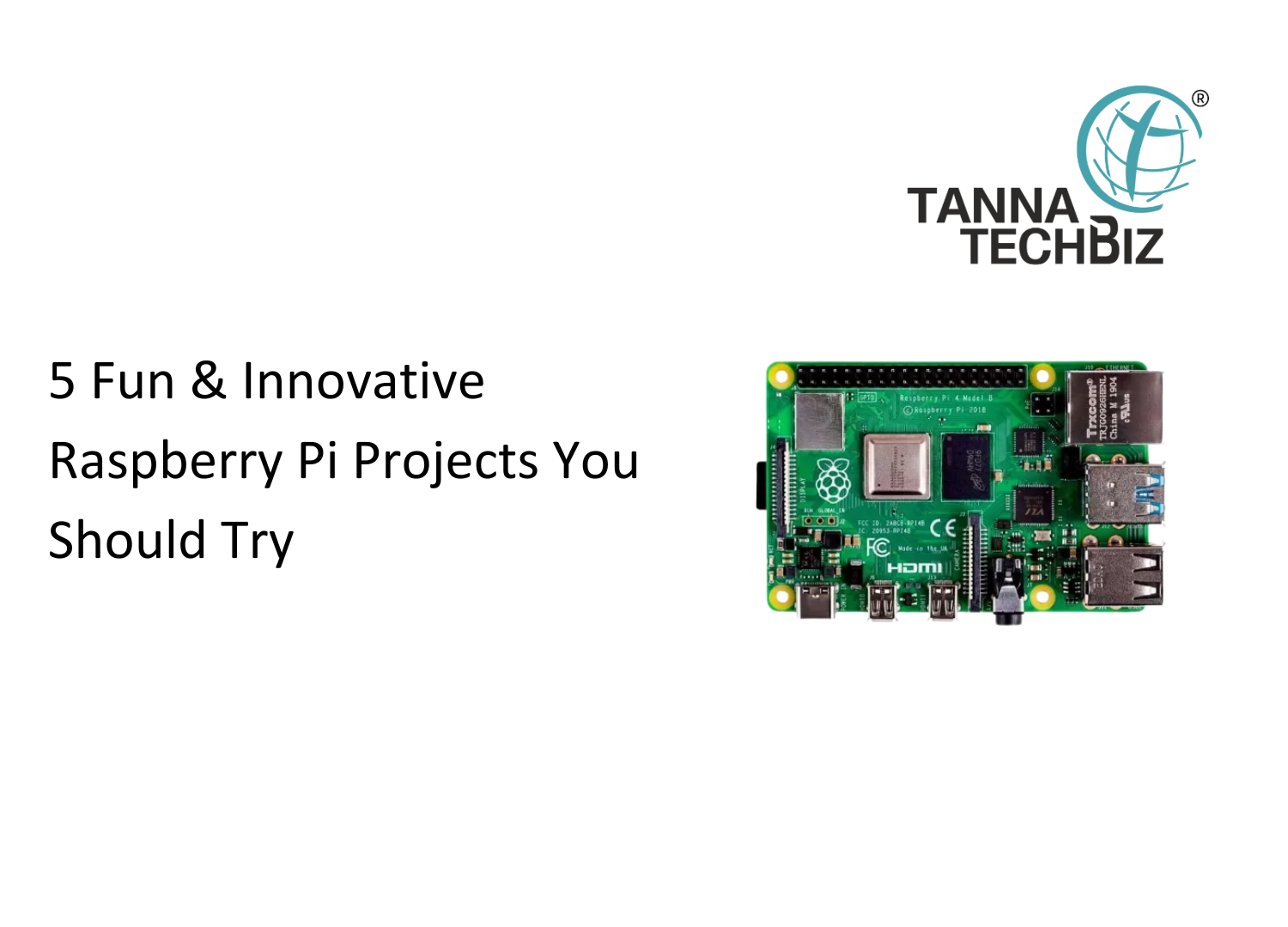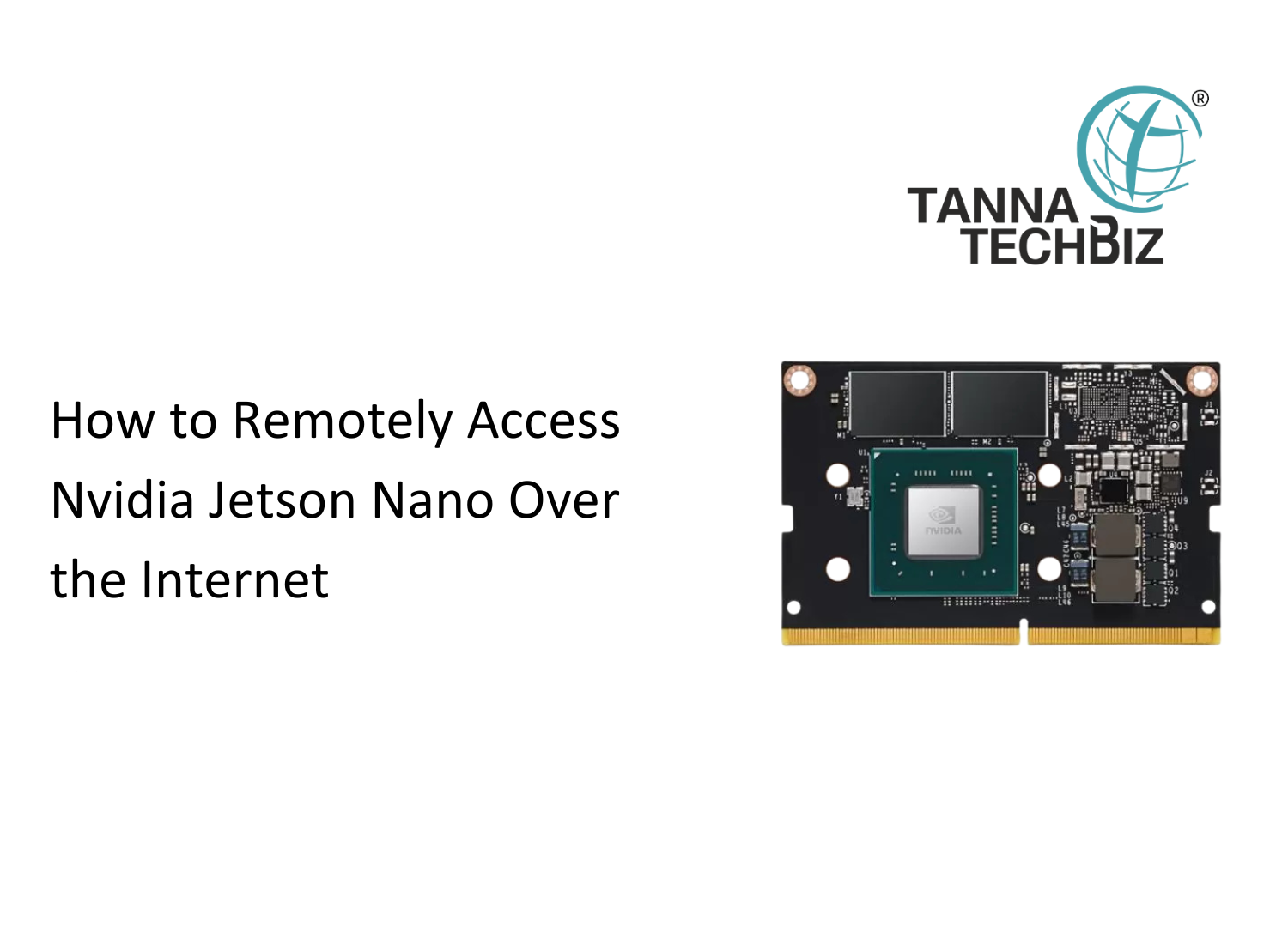NVIDIA Jetson Thor Module: Redefining Physical AI and Robotics
August 28, 2025 176
![NVIDIA Jetson Thor Module: A Next-Gen AI Powerhouse for Robotics [2025]](https://tannatechbiz.com/media/magefan_blog/NVIDIA_Jetson_Thor_Module_A_Next-Gen_AI_Powerhouse_for_Robotics_2025_.png)
NVIDIA Jetson Thor Module: Redefining Physical AI and Robotics
Introduction to NVIDIA Jetson Thor Module
The NVIDIA Jetson Thor Module (T5000) is a system-on-module (SOM) that pushes the boundaries of physical AI and robotics computing. With 2070 FP4 TFLOPS of AI compute, a 14-core Arm Neoverse-V3AE CPU, and the revolutionary Blackwell GPU architecture, it represents the most advanced embedded AI module available for developers and enterprises.
Designed from the ground up for next-generation humanoid robots, AI agents, and industrial edge AI, the Jetson Thor module brings together high performance, efficiency, and scalability in a compact form factor.
Key Features of Jetson Thor T5000
Unmatched AI Compute: 2070 TFLOPS
With 2070 FP4 TFLOPS, Jetson Thor can handle large language models (LLMs), vision-language models (VLMs), and Vision Language Action (VLA) models with ease.
Powered by Blackwell GPU with Transformer Engine
The 2560-core Blackwell GPU and 96 fifth-gen Tensor Cores provide transformer acceleration and Multi-Instance GPU (MIG) support for simultaneous AI workloads.
High-Capacity 128 GB LPDDR5X Memory
Developers gain 128 GB memory with 273 GB/s bandwidth, ensuring smooth operation of multi-sensor robotics, AI video analytics, and generative AI pipelines.
Technical Specifications at a Glance
CPU and GPU Performance
- 14-core Arm Neoverse-V3AE CPU, 2.6 GHz max frequency
- Blackwell GPU with MIG support
- 96 Tensor Cores, 10 TPCs
Vision Accelerator and Video Capabilities
- Programmable Vision Accelerator (PVA v3)
- Supports 6× 4Kp60 encoding and 4× 8Kp30 decoding
Camera, Connectivity, and Networking
- Supports up to 32 cameras via MIPI CSI-2 & virtual channels
- 4× 25 GbE networking for high-speed data transmission
Storage and Expansion Options
- NVMe SSD via PCIe Gen5
- USB 3.2/USB 2.0 expansion for external storage and devices
| NVIDIA Jetson T5000 - Technical Specifications | |
|---|---|
| AI Performance | 2070 TFLOPS (FP4—sparse) |
| GPU | 2560-core NVIDIA Blackwell architecture, GPU with 96 fifth-gen Tensor Cores, Multi-Instance GPU with 10 TPCs, |
| GPU Max Frequency | 1.57 GHz |
| CPU | 14-core Arm® Neoverse®-V3AE 64-bit CPU 64 KB I-Cache, 64 KB D-Cache 1 MB L2 Cache per core 16 MB shared system L3 cache |
| CPU Max Frequency | 2.6 GHz |
| Vision Accelerator | 1x PVA v3 |
| Memory | 128 GB 256-bit LPDDR5X, 273 GB/s |
| Storage | Supports NVMe through PCIe, Supports SSD through USB3.2 |
| Video Encode | 6x 4Kp60 (H.265) 12x 4Kp30 (H.265) 24x 1080p60 (H.265) 50x 1080p30 (H.265) 48x 1080p30 (H.264) 6x 4Kp60 (H.264) |
| Video Decode | 4x 8Kp30 (H.265) 10x 4Kp60 (H.265) 22x 4Kp30 (H.265) 46x 1080p60 (H.265) 92x 1080p30 (H.265) 82x 1080p30 (H.264) 4x 4Kp60 (H.264) |
| Camera | Up to 20 cameras via HSB Up to 6 cameras through 16x lanes MIPI CSI-2 Up to 32 cameras using virtual channels C-PHY 2.1 (10.25 Gbps), D-PHY 2.1 (40 Gbps) |
| PCIe* | Up to 8 lanes—Gen5 Root port only—C1 (x1) and C3 (x2) Root Point or Endpoint—C2 (x1), C4 (x8), and C5 (x4) |
| USB* | xHCI host controller with integrated PHY 3x USB 3.2 4x USB 2.0 |
| Networking | 4x 25 GbE |
| Display | 4x shared HDMI2.1 VESA DisplayPort 1.4a—HBR2, MST |
| Other I/O | 5x I2S / 2x Audio Hub (AHUB), 2x DMIS, 4x UART, 4x CAN, 3x SPI, 13x I2C, 6x PWM outputs |
| Power | 40 W–130 W |
| Mechanical | 100 mm x 87 mm, 699-pin B2B connector, Integrated Thermal Transfer Plate (TTP) with heatpipe |
Jetson Thor vs Jetson Orin: Performance Leap
AI Compute Power Comparison
- Thor: 2070 FP4 TFLOPS
- Orin: ~275 FP8 TFLOPS
- Result: >7.5× higher AI compute
Energy Efficiency Breakthroughs
Thor delivers 3.5× better energy efficiency, operating between 40W–130W, making it ideal for high-performance edge deployments.
Applications and Use Cases
Humanoid Robotics and Automation
Jetson Thor is engineered for humanoid robotics, enabling lifelike movement, AI-driven decision-making, and sensor fusion for autonomous navigation.
Generative AI Models and Agentic AI Workflows
From LLMs and VLMs to agentic AI video summarization and search, Thor supports the latest generative AI applications.
Edge AI for Industry, Healthcare, and Smart Cities
Industries can deploy Jetson Thor for:
- Smart spaces and retail AI analytics
- Industrial automation and predictive maintenance
- Medical imaging and real-time diagnostics
Software Ecosystem Support
NVIDIA Isaac for Robotics
Helps developers with robotics simulation, reinforcement learning, and robot autonomy.
NVIDIA Metropolis for Smart Vision AI
Ideal for video analytics, surveillance, and smart city infrastructure.
NVIDIA Holoscan for Sensor Processing
Optimized for real-time medical and industrial sensor fusion workloads.
Developer Benefits and Ecosystem Support
- Production-ready SOM with compact 100×87 mm size
- Partner ecosystem offering carrier boards, sensors, and design services
- Backed by NVIDIA AI software stack for seamless development
Where to Buy the NVIDIA Jetson Thor Module
- Production-ready SOM with compact 100×87 mm size
- Partner ecosystem offering carrier boards, sensors, and design services
- Backed by NVIDIA AI software stack for seamless development
FAQs
Q1: What is the price of the NVIDIA Jetson Thor Module?
The price is ₹284,710.00 (excluding taxes).
Q2: When will the Jetson Thor Module ship?
It is expected to ship by October 14, 2025.
Q3: How does Jetson Thor compare to Jetson Orin?
Thor provides 7.5× more compute and 3.5× greater energy efficiency.
Q4: Can Jetson Thor handle generative AI models?
Yes, it is designed for LLMs, VLMs, and VLA models.
Q5: Is it suitable for industrial edge AI applications?
Absolutely—it supports retail AI, smart spaces, industrial robotics, and healthcare AI.
Q6: What kind of ecosystem support is available?
NVIDIA provides a rich partner ecosystem with carrier boards, sensors, and design services
Conclusion
The NVIDIA Jetson Thor Module sets a new benchmark in AI robotics and physical AI computing. With Blackwell GPU acceleration, 128 GB memory, and powerful CPU performance, it’s an all-in-one solution for developers building the next generation of humanoid robots and AI-driven edge devices.





